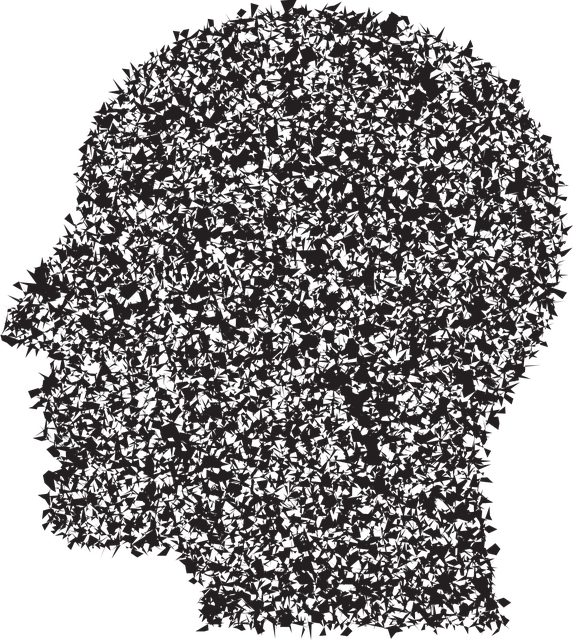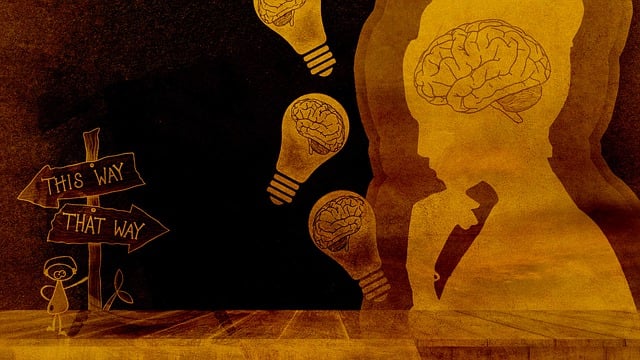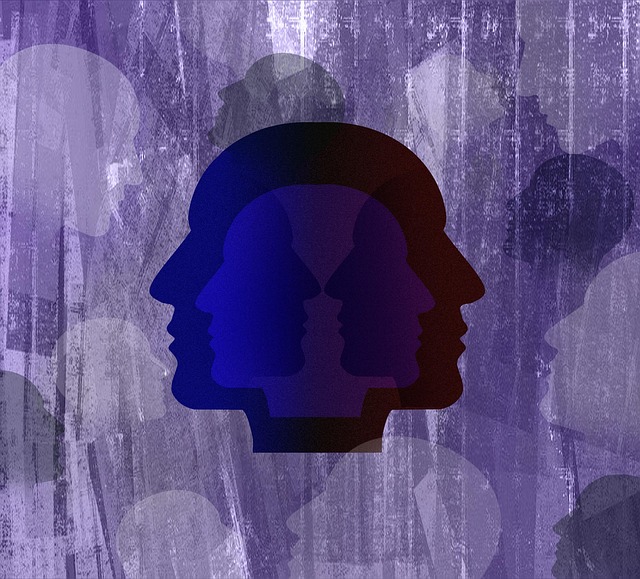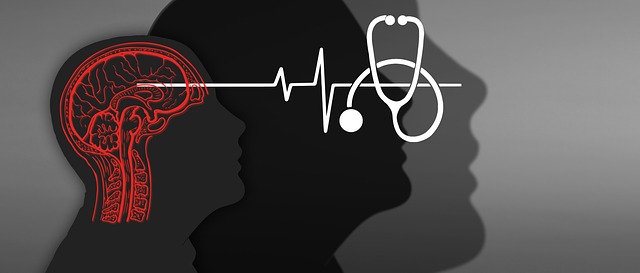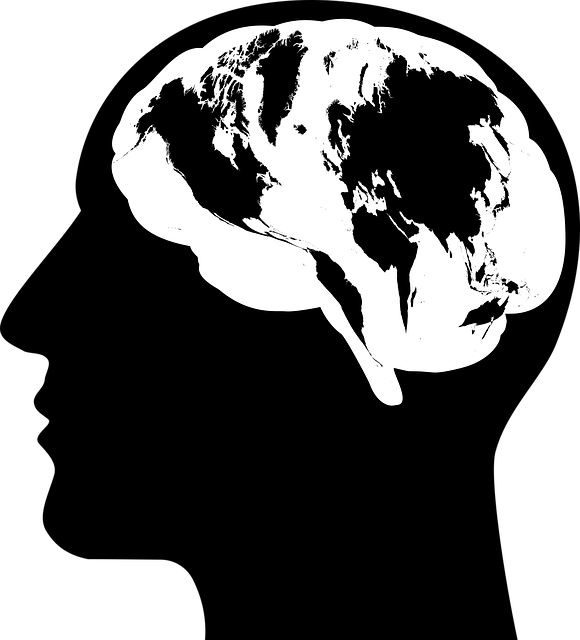Developing marketing strategies for a wellness app focused on Centennial Dissociative Disorder (CDD) therapy requires understanding the unique challenges of this mental health condition, targeting specific demographics and interests within the mental health community, and highlighting innovative features. Emphasize evidence-based practices, risk management planning, and holistic approaches to attract both individuals with CDD and healthcare professionals. Utilize multi-channel marketing including social media, forums, and targeted advertising. Measure success through KPIs like retention rates and session durations, while incorporating engaging features and cultural sensitivity to improve user engagement and mental health outcomes.
In today’s digital age, mental wellness apps are becoming integral tools for managing diverse conditions, including dissociative disorder—a complex condition often associated with traumatic experiences. This article delves into crafting a comprehensive marketing strategy for such apps, targeting users grappling with Centennial Dissociative Disorder Therapy (CDDT). We’ll explore audience identification, app differentiation, effective marketing channels, and success measurement techniques to ensure user engagement and improve app outcomes.
- Understanding Mental Health Challenges: A Look at Dissociative Disorder
- Targeting the Right Audience: Identifying Potential Users for Your App
- Creating a Unique Value Proposition: What Sets Your App Apart
- Marketing Channels and Strategies: Reaching Users Effectively
- Measuring Success and User Engagement: Analyzing Results and Improving Your App
Understanding Mental Health Challenges: A Look at Dissociative Disorder

Understanding mental health challenges is a key aspect of developing effective marketing strategies for wellness apps. One often overlooked disorder, Dissociative Disorder (DD), warrants special attention due to its unique impact on individuals’ daily lives and potential for severe symptoms. DD, characterized by disruptions in memory, identity, perception, and emotion, can lead to a sense of detachment from reality and one’s own self. This complex condition may arise from traumatic experiences and often requires specialized therapy, such as Centennial Dissociative Disorder Therapy, to help patients regain control and integrate their fragmented identities.
Marketing efforts should not only promote apps’ features but also raise awareness about mental health issues like DD. By integrating keywords like “Centennial Dissociative Disorder Therapy” naturally into content, you can attract a targeted audience and offer valuable insights into specific challenges. Furthermore, highlighting the role of mental health education programs design and mental wellness coaching programs development can showcase holistic approaches to support individuals dealing with disorders like DD. Even burnout prevention strategies can be relevant, emphasizing comprehensive care for maintaining long-term mental wellness.
Targeting the Right Audience: Identifying Potential Users for Your App

Identifying your target audience is a crucial step in developing an effective marketing strategy for a mental wellness app. When it comes to apps focused on therapy and support, such as those designed to aid individuals struggling with Centennial Dissociative Disorder (CDD), understanding your potential users’ needs and challenges is key. This involves delving into specific demographics and psychographics to ensure your app resonates with those who stand to benefit most.
Consider the unique aspects of CCD and similar mental health conditions. Your marketing efforts should speak to individuals directly affected by these disorders, as well as their caregivers and loved ones who play a vital role in their support network. Additionally, targeting those interested in Mental Health Policy Analysis and Advocacy or seeking Healthcare Provider Cultural Competency Training can help expand your reach within the broader mental health community. By focusing on these audiences, you can position your app as a valuable tool for resilience building and overall mental wellness.
Creating a Unique Value Proposition: What Sets Your App Apart

In today’s digital landscape, there’s a plethora of mental wellness apps available, each vying for users’ attention. To stand out from the crowd, developing a unique value proposition is paramount. Your app must clearly articulate what sets it apart from competitors, especially in addressing specific mental health concerns like Centennial Dissociative Disorder Therapy (CDDT). Highlighting innovative features and evidence-based practices can be a strong differentiator. For instance, incorporating advanced communication strategies and interactive mindfulness meditation sessions tailored to CDDT symptoms can captivate users seeking effective solutions.
By focusing on these unique aspects, your app can attract users who need specialized care for complex conditions like CDDT. Additionally, emphasizing the benefits of risk management planning for mental health professionals can further enhance your app’s allure among healthcare providers looking to offer comprehensive support. This strategic approach ensures that your app not only caters to individual needs but also supports the professional community in delivering quality care.
Marketing Channels and Strategies: Reaching Users Effectively

Reaching users effectively is a multifaceted challenge when marketing mental wellness apps, especially for niche concerns like Centennial Dissociative Disorder Therapy (CDDT). Utilizing a multi-channel approach is key to connecting with target audiences. Social media platforms offer targeted advertising options that allow for direct communication with individuals experiencing symptoms of CDDT or seeking information about related therapies. Content marketing strategies focused on educational blogs, podcasts, and videos can demystify complex issues like CDDT and position your app as a reliable resource.
Incorporating communication strategies that prioritize emotional regulation is vital. This could involve engaging in open dialogues about mental health struggles through online forums or communities. Offering free trials or demos of the app’s features allows users to experience its benefits firsthand, fostering trust and encouraging long-term engagement. Furthermore, mental wellness coaching programs development centered around CDDT can be packaged as part of a comprehensive treatment plan, appealing to both individuals and healthcare professionals looking for innovative solutions.
Measuring Success and User Engagement: Analyzing Results and Improving Your App

Measuring success and user engagement is a pivotal aspect of app development, especially for platforms focused on mental wellness like Centennial Dissociative Disorder Therapy. By analyzing key performance indicators (KPIs), such as user retention rates, session durations, and completion of in-app tasks, developers can gain insights into the app’s effectiveness. Regular tracking of these metrics allows for continuous improvement and refinement to better cater to users’ needs, especially those with specific disorders like Dissociative Disorder.
To enhance engagement, consider incorporating features that encourage user interaction and feedback. This could include implementing community forums or peer support groups within the app, fostering a sense of belonging. Additionally, leveraging Cultural Sensitivity in Mental Healthcare Practice can ensure the app’s content and design are inclusive and accessible to diverse users. Regularly reviewing user feedback and A/B testing different approaches can further optimize the app’s performance, ultimately improving mental health outcomes and contributing to the broader Mental Health Awareness efforts.
In developing a marketing strategy for a mental wellness app, understanding specific conditions like Dissociative Disorder is key. By targeting individuals facing these challenges who may benefit from Centennial Dissociative Disorder Therapy, and communicating your app’s unique value in accessible language, you can effectively reach users in need. Utilizing diverse marketing channels and continuously measuring engagement and success allows for tailored improvements, ensuring your app becomes a trusted resource for mental health support.
